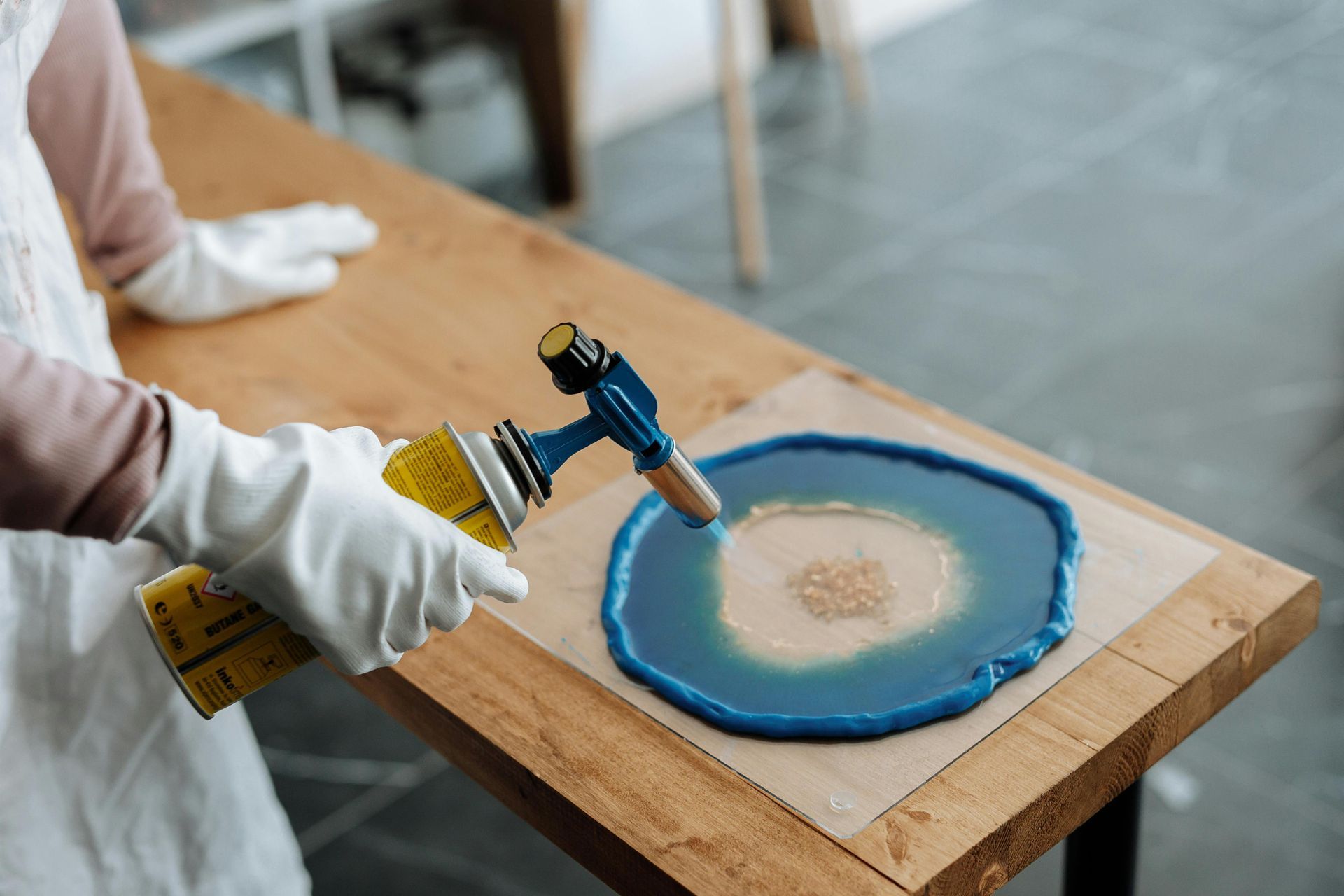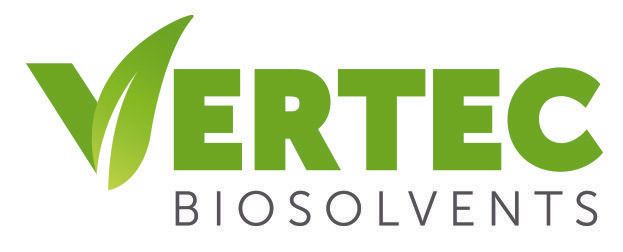Alternatives for Removing Epoxy Resins in Industrial Settings
May 20, 2025
Epoxy resin is valued in industrial settings for its strength, durability, and chemical resistance. It’s used in everything from protective coatings to composite parts and flooring. But once it cures, removing it becomes a complex task. Traditional methods often rely on harsh chemicals or abrasive techniques that can pose risks to workers and the environment. As regulations tighten and sustainability becomes a priority, safer and more effective alternatives are in demand.

Where Epoxy Resin Is Used in Industrial Operations
In industrial operations, epoxy resin supports a wide range of applications that require long-term reliability and resistance to challenging environments.
It’s widely used in:
Protective Coatings:
Applied to metal and concrete surfaces in factories, chemical plants, and processing facilities.
Composites and Moldings: Used in aerospace, automotive, and marine sectors for lightweight, load-bearing components.
Adhesives: Common in electronics, construction, and assembly lines, where a permanent bond is critical.
Flooring Systems: Found in self-leveling and anti-slip floor coatings that withstand heavy traffic and harsh cleaning agents.
Encapsulation and Potting: Shields electrical components from moisture, debris, and vibration.
These applications often require periodic maintenance or rework, which means cured epoxy must be removed without damaging the underlying surface or equipment.
Why Removing Epoxy Resin Is Challenging
Once epoxy cures, it forms a rigid, crosslinked structure that resists moisture, heat, and most solvents. This makes removal especially difficult.
It often bonds deep into surfaces like metal or concrete, or hardens around sensitive components. Without the right approach, removal can damage equipment or waste time and labor.
The process is often done under tight timelines and in limited ventilation, which makes harsh chemicals and labor-intensive methods both risky and inefficient.
Traditional Methods to Remove Epoxy Resin
Most removal techniques fall into two categories: mechanical and chemical. Each has its own challenges, especially when dealing with fully cured epoxy.
Mechanical Removal
(Grinding, Sanding, Scraping)
Grinding, sanding, and scraping are common ways to remove cured epoxy by physically breaking it down. These methods can be effective on flat, accessible surfaces, but often struggle with detailed parts or sensitive equipment.
They’re labor-intensive, can damage the underlying material, and generate dust and debris that may pose safety risks or require extra cleanup.
Chemical Solvents Used Historically
(Acetone, Methylene Chloride, etc.)
Solvents like acetone, methylene chloride, toluene, and xylene have been used to soften or dissolve cured epoxy. They can be effective, especially in tight or detailed areas.
But many are flammable, toxic, or regulated as hazardous air pollutants. They require strict safety protocols, proper ventilation, and careful disposal, which adds risk and complexity to the process.
The Downsides of Traditional Epoxy Removal Methods
Traditional epoxy removal methods often sacrifice safety and efficiency for results. Mechanical tools can damage surfaces, release dust into the air, and require intensive labor. Chemical solvents may pose fire hazards, expose workers to harmful fumes, and complicate compliance with environmental regulations.
Many of these products contain volatile organic compounds (VOCs) or hazardous air pollutants (HAPs), which degrade air quality and present long-term health risks. As safety standards rise and sustainability becomes a priority, these methods are harder to justify, even when they are effective.
What Really Works to Dissolve Epoxy Resin?
To effectively remove cured epoxy, the solvent must be able to penetrate and disrupt the resin’s dense, crosslinked structure. Most general-purpose cleaners won’t cut it. Instead, the solution needs to match the chemical profile of the epoxy, softening it without damaging the surface beneath.
Solvents with strong solvency power, appropriate evaporation rates, and minimal surface residue offer the best results. The key is finding one that performs without introducing health hazards or compliance risks, especially in confined work areas or regulated environments.

A Safer Alternative: Bio-Based Solvents That Break Down Epoxy
Unlike petroleum-based solvents, bio-based options are formulated from naturally derived ingredients such as soy methyl esters, corn alcohols, and citrus terpenes. These compounds are selected for their ability to break molecular bonds in cured resins while being safer to store, use, and dispose of.
What sets bio-based solvents apart is their combination of strong solvency and low toxicity. Their chemical structure allows them to soften epoxy without the sharp fumes, skin irritation, or flammability associated with traditional solvents. This makes them a reliable choice for resin removal in facilities focused on health, safety, and environmental responsibility.
How Bio-Based Solvents Compare to Traditional Solvents
Bio-based solvents offer a high-performance alternative to traditional options like acetone and methylene chloride, without the safety or regulatory concerns. They provide the strength needed to break down cured epoxy while minimizing health risks for workers.
Unlike conventional solvents, which often evaporate quickly or release harmful fumes, bio-based formulations typically allow for longer working times and safer handling. They help reduce exposure to VOCs and HAPs, making it easier to meet environmental and workplace safety standards. With comparable effectiveness and fewer tradeoffs, bio-based solutions are becoming the preferred choice for forward-looking operations.
Why Vertec BioSolvents Are a Smart Fit for Epoxy Removal
Vertec BioSolvents offers a range of high-performance, bio-based solvents designed for industrial cleaning and resin removal. These products deliver the solvency power needed to break down cured epoxy while reducing reliance on hazardous chemicals.
Formulated without HAPs and with low VOC content, Vertec solvents support cleaner air, safer work environments, and easier compliance with regulatory standards. They perform effectively, fit easily into existing workflows, and are made from renewable materials. This gives industrial teams the cleaning strength they need while aligning with sustainability goals.
If you're looking for a safer, more sustainable way to remove epoxy resin, Vertec BioSolvents can help. Contact us today to request a sample or speak with a technical specialist about the right solution for your operation.


